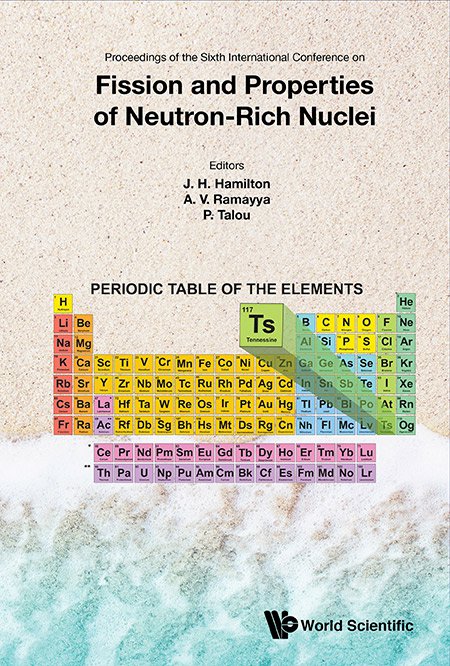The Analysis of 89Rb β-Decay Using the Modular Total Absorption Spectrometer
Total Absorption Spectrometers are characterized by high efficiency detection of γ-ray radiation, which is due to their large volume and nearly 4π solid angle coverage. This high efficiency, used in the study of β-decay of unstable nuclei, allows for the total detection of the deexcitation path of daughter nuclei. This makes total absorption spectroscopy an ideal technique to establish true β-decay feeding patterns, which helps determine β-strength distributions as well as to understanding decay heat and the anti-neutrino spectrum emitted from nuclear reactors. The Modular Total Absorption Spectrometer (MTAS) constructed at the Holifield Radioactive Ion Beam Facility has been used to study the β decay of over 70 fission products. The measurements were focused on nuclei abundantly produced in the reactor core. In this contribution we present aspects of the analysis of the β-decay of 89Rb measured with the MTAS detector.



